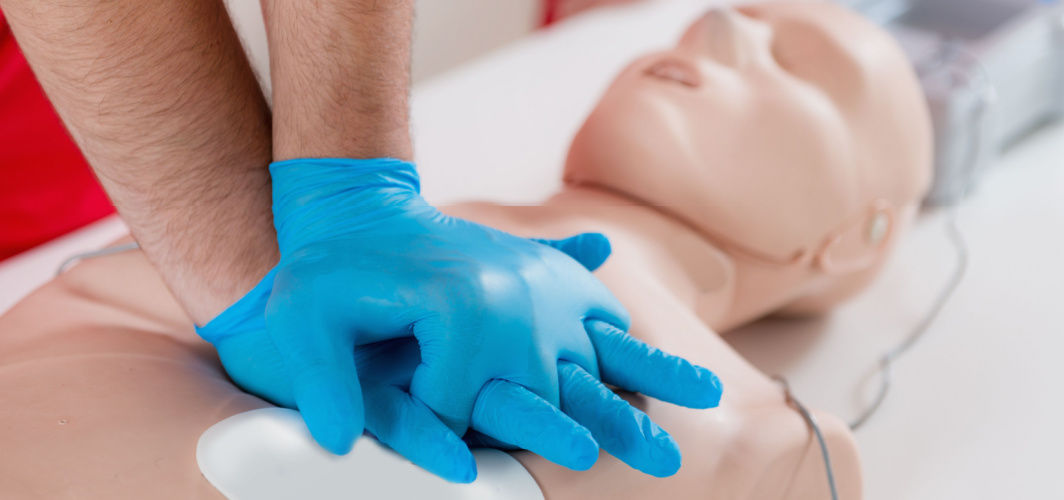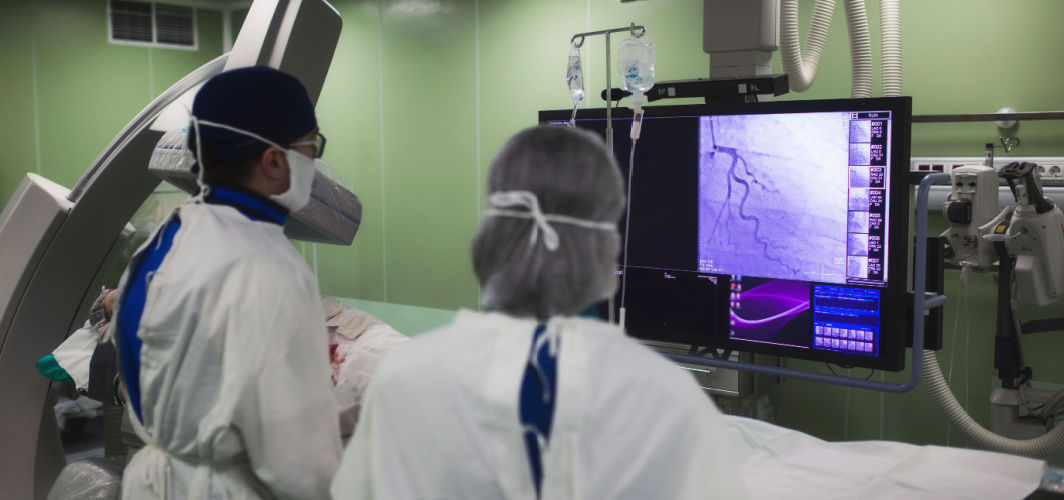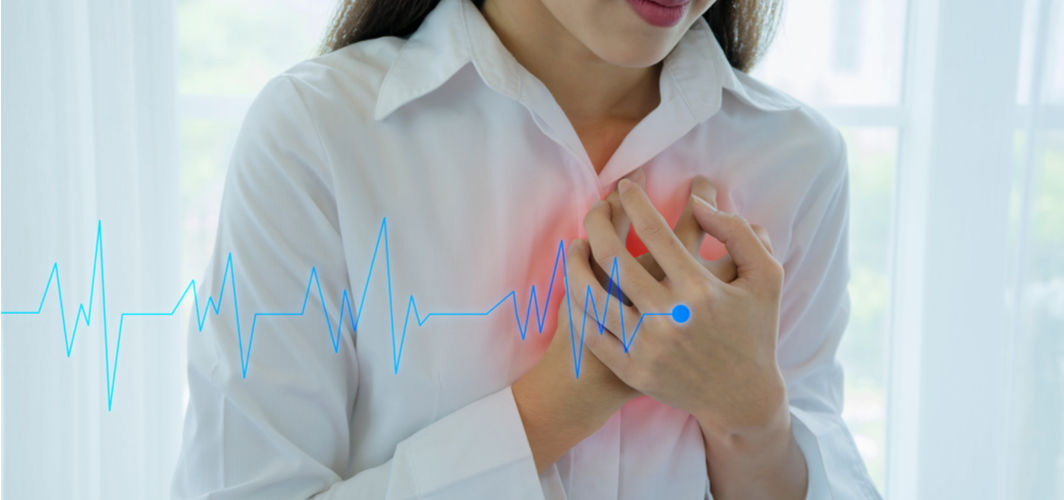Heart Conditions
How To Perform CPR? Here’s All You Need To Know
3 min read
By Apollo 24|7, Published on - 31 May 2023, Updated on - 06 September 2023
Share this article
0
1 like

Lately, there has been a sudden increase in cardiac arrests, especially among the young and seemingly fit. Since cardiac arrests arise unexpectedly, in most cases we fail to revive the affected person. However, we can be prepared for such mishaps by learning about CPR. CPR is a medical procedure that helps in maintaining blood circulation in your body till medical care is available. In this article, we are going to discuss all you need to know about CPR so that you can help save a life when it’s necessary.
What Is CPR?
CPR or cardiopulmonary resuscitation is an emergency lifesaving procedure that is usually performed by a trained medical practitioner when the heart stops beating. This procedure involves a combination of techniques, including:
- Chest compressions
- Rescue breathing or mouth-to-mouth breathing
There is usually enough oxygen in the body to keep the brain and other organs alive for a few minutes. CPR helps in continuing the blood circulation in your body until medical treatment is available. Even though CPR is effective in improving the chances of an individual’s survival, it does not have any guarantee.
Why Should You Know CPR?
Here are a few important things that you should know about CPR -
1. It saves lives
According to a survey, nearly 9 out of 10 people who suffer from cardiac arrest outside a medical organisation die. Cardiopulmonary resuscitation or CPR can help improve these odds. It is generally performed within the first few minutes of cardiac arrest. CPR can nearly double or triple the chances of survival.
2. Cardiac arrests mostly happen at home
More than 3,50,00 cardiac arrests happen outside medical organisations and nearly 7 out of every 10 cases occur at home. This can be highly fatal since the bystanders or the neighbours might not necessarily be medically prepared to take optimal actions. This prevents the affected individuals from getting CPR before an ambulance arrives on the spot.
3. No formal training is needed to perform CPR
Nobody requires a formal certification or training to perform CPR. However, you do need to be educated about its working to perform it effectively. If performed without care, it can lead to rib breakage and organ injury within the chest.
When Is CPR Needed?
CPR is usually most effective when administered as soon as possible. It is generally required when a person falls unconscious and:
- Is not breathing normally.
- Is not breathing at all.
- Does not have a pulse.
If you find an individual grunting, snorting or gasping there is a chance that the person is suffering from a cardiac arrest. Hence, you must not wait for them to stop breathing. Take swift action instead. Make sure you call for help before starting with the CPR.
How To Perform CPR?
1. Check the person’s breathing by placing a finger under their nostrils, placing a hand on their chest or seeing if their rib cage is doing an upward and downward movement as seen while breathing.
2. If the person is not breathing then put one of your palms on the back of the other hand. Then place them on the individual’s chest.
3. Start pushing the chest using both arms, using your body weight effectively. Do not bend your elbows.
4. Keep pushing for at least 100 to 120 times every minute. Make sure that you allow their chest to come back up in between compressions.
5. If you are experienced with CPR training then pause to give the individual mouth-to-mouth rescue breaths after every 30 compressions.
6. Keep repeating the process until help arrives.
Do not exhaust yourself completely while performing CPR. Take breaks in between but make sure that the process is repeated to improve the chances of the individual’s survival. You can stop once medical help arrives on the scene or if the person regains consciousness. For more information,
Consult Apollo's Expert Cardiologist
Medically reviewed by Dr Sonia Bhatt.
Heart Conditions
Leave Comment
Recommended for you

Heart Conditions
Know The Difference Between Angiography And Angioplasty
Angiography and angioplasty are two of the most commonly used procedures to detect and treat heart conditions. Learn about their uses, benefits, risks and how they can help diagnose and treat cardiovascular conditions.

Heart Conditions
Warning Signs of an Imminent Heart Problem
Often, the very first sign that something is wrong with heart health is a heart attack.

Heart Conditions
What Does Climbing the Stairs Tell about Your Heart Health?
Recent studies say that climbing 60 steps in one minute is a sign of good heart health. It was found that the longer time taken to ascend stairs corresponds with a higher risk of cardiac problems later.
Subscribe
Sign up for our free Health Library Daily Newsletter
Get doctor-approved health tips, news, and more.
Visual Stories

Lower Your Cholesterol Naturally with These 7 Foods
Tap to continue exploring
Recommended for you

Heart Conditions
Know The Difference Between Angiography And Angioplasty
Angiography and angioplasty are two of the most commonly used procedures to detect and treat heart conditions. Learn about their uses, benefits, risks and how they can help diagnose and treat cardiovascular conditions.

Heart Conditions
Warning Signs of an Imminent Heart Problem
Often, the very first sign that something is wrong with heart health is a heart attack.

Heart Conditions
What Does Climbing the Stairs Tell about Your Heart Health?
Recent studies say that climbing 60 steps in one minute is a sign of good heart health. It was found that the longer time taken to ascend stairs corresponds with a higher risk of cardiac problems later.
